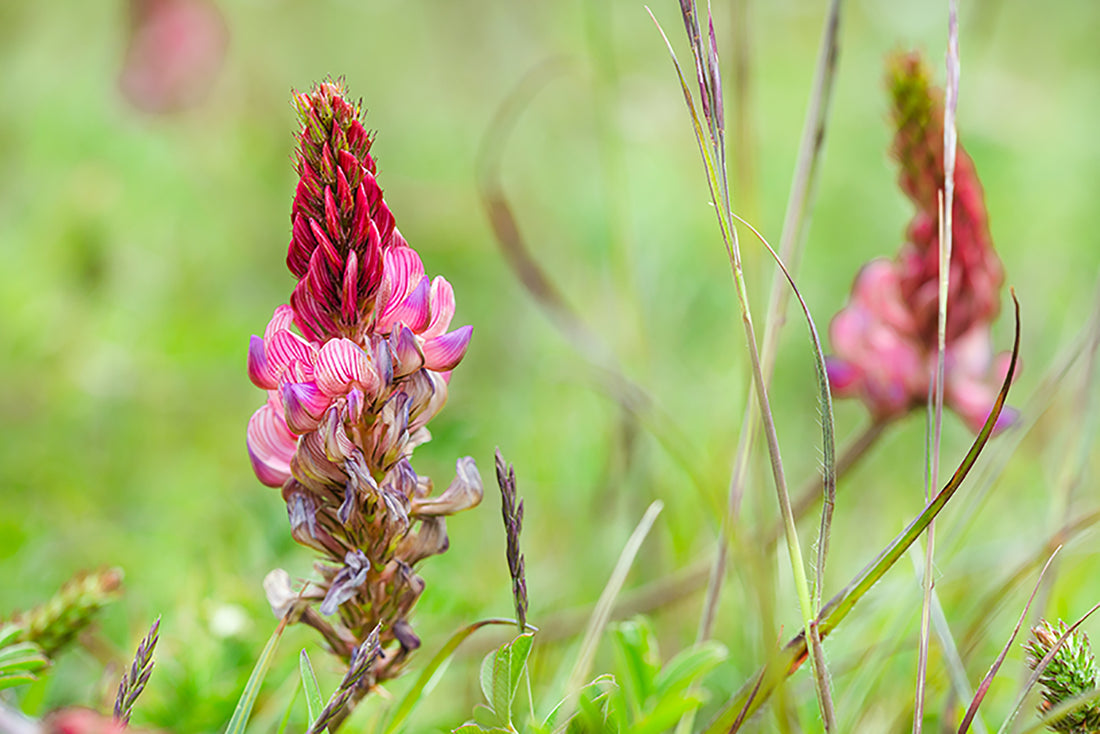
White Mountain Honey Health Benefits
Share
WHITE HONEY HEALTH BENEFITS
All forms of honey naturally contain nutrients and enzymes, which have a variety of health benefits and medical uses. In fact, honey has been used as a traditional remedy for many conditions throughout history.
There are several different types of honey. The taste and color of honey, and the exact nutrient content, depends on where the bees collected it. It also depends on which types of flowers it came from.
What is white mountain honey?
White honeys generally have a milder flavor as compared to darker honeys. Flowers that produce white honey include:
- Sainfoin
- Sage
- Alfalfa
- Fireweed
- White clover

White honey doesn’t exactly look white. Instead it’s a very light amber or an almost clear “water-white” color.
What is raw honey?
Raw honey can be defined in two ways. True raw honey comes straight from the beehive. It’s packaged and consumed without adding any heat. Commercial raw honey is still slightly processed, but less so than honey not labeled as raw.
Manufacturers process most of the honey you find in grocery stores. Heating the honey helps improve the color and texture, and removes any unwanted crystallization. But many of the beneficial antioxidants and bacteria are also removed or destroyed in the process.
All honey crystallizes and turns white over time; however, it is still safe to eat, and with a little heat restores quickly back into a liquid state. White honey health benefits are numerous. This rare white honey is in much demand, and rightly so. Include white mountain honey in your diet and experience its amazing taste and healthy benefits.
Here are some of the health benefits raw white honey has to offer.
- Antioxidant powerhouse
Raw honey contains antioxidants called flavonoids and phenolic compounds. White honey also contains such antioxidants. Antioxidants help to protect your body from cell damage due to free radicals.
Free radicals contribute to the aging process. They may also add to your risk for chronic conditions like cancer and heart disease. Studies show that polyphenols in honey, particularly raw natural honey, may play a role in preventing heart disease.
If you’re looking for an alternative to sugar, white mountain honey provides a healthier way to satisfy your sweet tooth while getting extra antioxidants into your diet. White honey have a mild taste, making them ideal for baking or snacking.
- Cough stopper
Honey can be used as a cough suppressant. It’s also been used as a sore throat remedy. The next time you have a cough or a cold, try adding honey to hot tea with lemon.
A study in the Journal of Complementary and Alternative Medicine found that for treating a cough, honey is as effective as dextromethorphan, a common over-the-counter cough medicine ingredient.
White Honey is well known for its anti-cough benefits. Take a tablespoon daily to prevent seasonal cold and flu.
- Protective phytonutrients
Phytonutrients are compounds found in plants that help protect the plant from harm. They keep plants safe from insects and disease and shield the plant from harsh UV radiation.
These compounds have both antioxidant and anti-inflammatory benefits. They can also have a positive effect on your health. Honey is made from plants, and it has phytonutrients. These valuable nutrients are unique to raw honey and are destroyed when honey is heavily processed.
- Skin care and wound healing
Honey has been used throughout history as a way to heal skin wounds. Today, you can also find it as an ingredient in beauty products.
Research shows that raw honey can kill harmful bacteria and fungus. It naturally contains hydrogen peroxide, an antiseptic.
- Easing digestive issues
Historically, honey has been used to treat digestive issues such as diarrhea and ulcers. Peptic ulcers occur in the stomach or digestive system. Taking 1 to 2 teaspoons of raw honey on an empty stomach is said to soothe pain and help with the healing process.
There’s some research to show that it might be helpful, but more studies are needed.
It’s not recommended that you use raw honey to treat ulcers.
